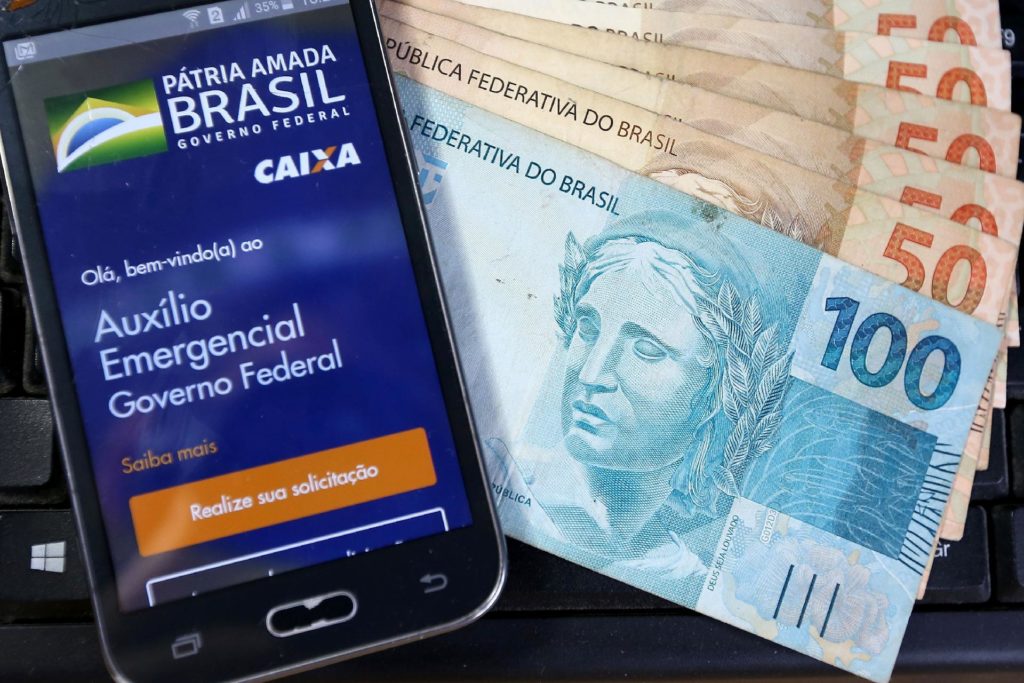RIO DE JANEIRO, BRAZIL – Nine out of ten Brazilians want the emergency aid to be maintained. For 53 percent, the benefit should be maintained at R$600 (US$120) per month. Another 37 percent consider that the aid should continue, but at a reduced amount.
The data are part of an exclusive survey by the Exame/IDEIA platform, a project that will be launched in the coming days linking Exame Research, Exame’s investment analysis arm, and IDEIA, a research institute specialized in public opinion.
The survey was conducted by phone with 1,235 people in all regions of the country between August 24th and 31st. The error margin is three percentage points, plus or minus.

Despite the desire of the majority to maintain the R$600 sum, President Jair Bolsonaro announced on Tuesday, September 1st, the reduction of the emergency aid to R$300 per month. Four monthly installments will be paid at the new figure.
The extension of the R$600 amount is perceived differently among Brazilians. For those who have completed only elementary school, this rate is higher than the general average: 59 percent said that the benefit should be maintained at its original rate.
This perspective does not change much even among the population who have completed higher education and belong to the most favored social classes – 42 percent in this stratum want the R$600 to be maintained.
The aid has made a difference in many people’s lives. “This government initiative was important to keep the economy working,” says Maurício Moura, founder of IDEIA, a research institute specializing in opinion, and professor of public policy at George Washington University.
In Brazil’s Northeast region, 59 percent of residents would also like to keep the R$600 mark, while in the South, a wealthier region, only 36 percent of people said likewise.
The survey also asked what would be the reaction in case of a reduction in the amount. For 48 percent of respondents, a reduction in the amount is bad but acceptable, since the impact of the crisis triggered by the pandemic should remain for longer. For 23 percent, the reduction in the amount is unacceptable.
In the coming days, the government intends to launch the Renda Brasil (Brazil Income) program, planned to boost the Bolsa Família (Family Grant). For 30 percent of respondents, Renda Brasil is understandably lower than $600 per month, given that the worst of the pandemic has passed.
The majority (66 percent) of Brazilians who received the R$600 aid spent all or at least part of the resource on personal and family consumption products, which helped the economy. Another 24 percent made use of the money to settle debts. In the Southeast and Midwest regions, this was the option for 28 percent of consumers.
Those who earn more were able to pay off more of their financial arrears – 46 percent of families with a monthly income of over five minimum wages used the emergency aid to pay off debts.
“The response of the emergency aid deals with what is occurring in the world, with the population understanding that these special economic instruments were designed to save the countries during the coronavirus crisis,” says Moura.
The R$600 emergency aid reached 66 million Brazilians, who in total received over R$160 (US$50) billion. More than 36 million casual workers had access to R$73 billion. “The economic loss to the country caused by the pandemic could have been much worse had it not been for the emergency aid,” says Moura.
Source: Exame

